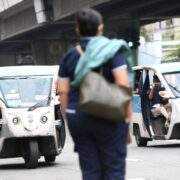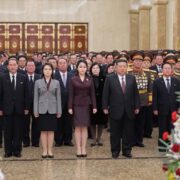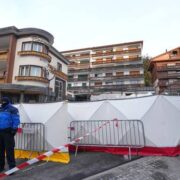Bohol emerges as tourism powerhouse in PH
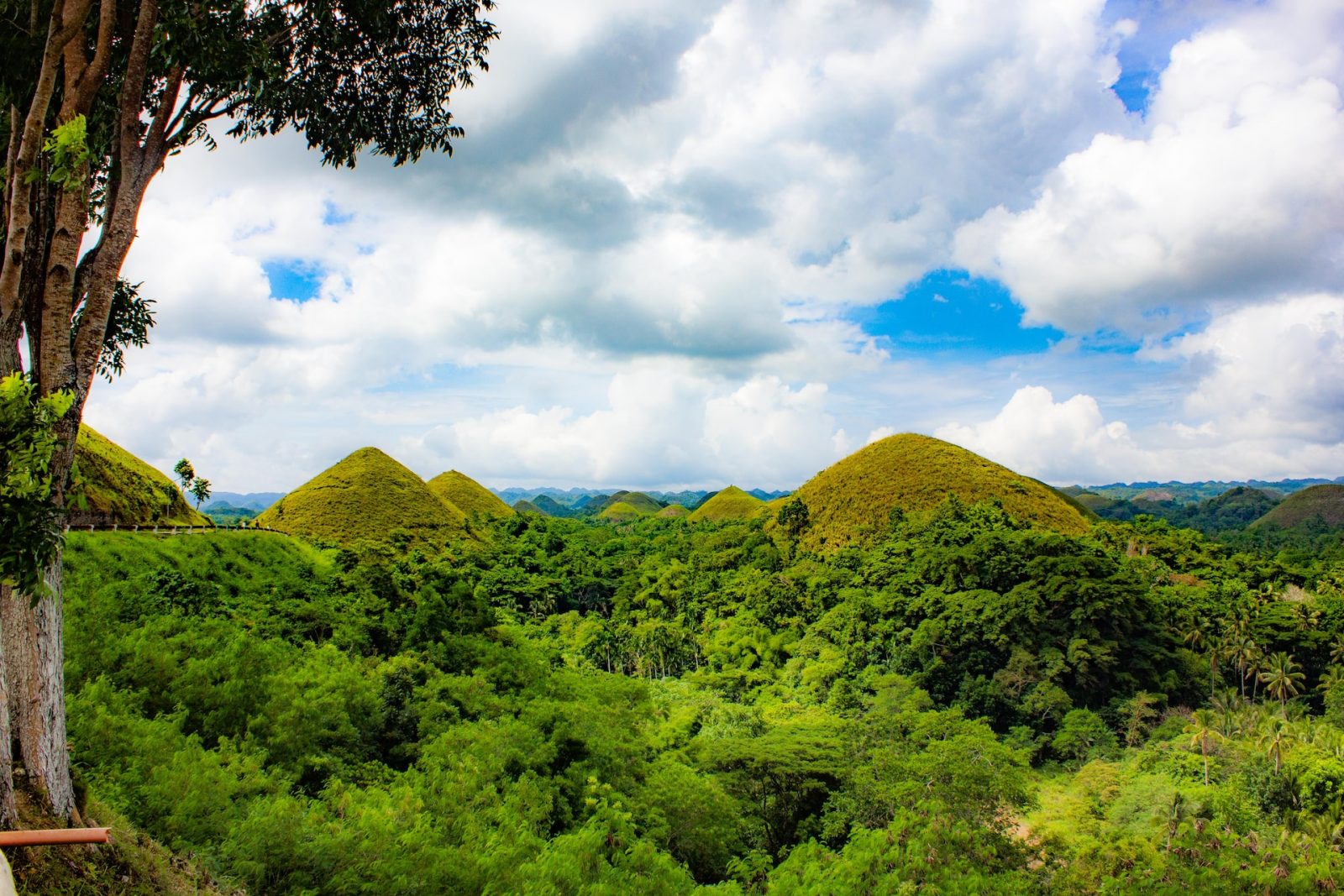
Leechiu property consultants Boasting of its pristine beaches, diverse natural ecosystem, and rich cultural heritage, Bohol has been gaining interest and has attracted hotel and resort investors, paving the way for the province to become a premier tourist destination in the Philippines.
Attractions
The long, powdery white sand stretch of Alona Beach has seen countless beach goers enjoy the sun and the turquoise waters of the Panglao shores. But beyond the beach resorts of Panglao, mainland Bohol offers tourists sights such as the Chocolate Hills, experience the rare Tarsier primates in their natural setting, eat lunch on a river boat, and see the Spanish period churches and Bahay na Bato houses. Beyond its captivating attractions, Bohol is emerging as a wellness haven. Guests arriving at the Bohol-Panglao International Airport (BPIA) will be immediately immersed in breathtaking and scenic views of hills of greens and majestic mountains enhancing holistic healing.
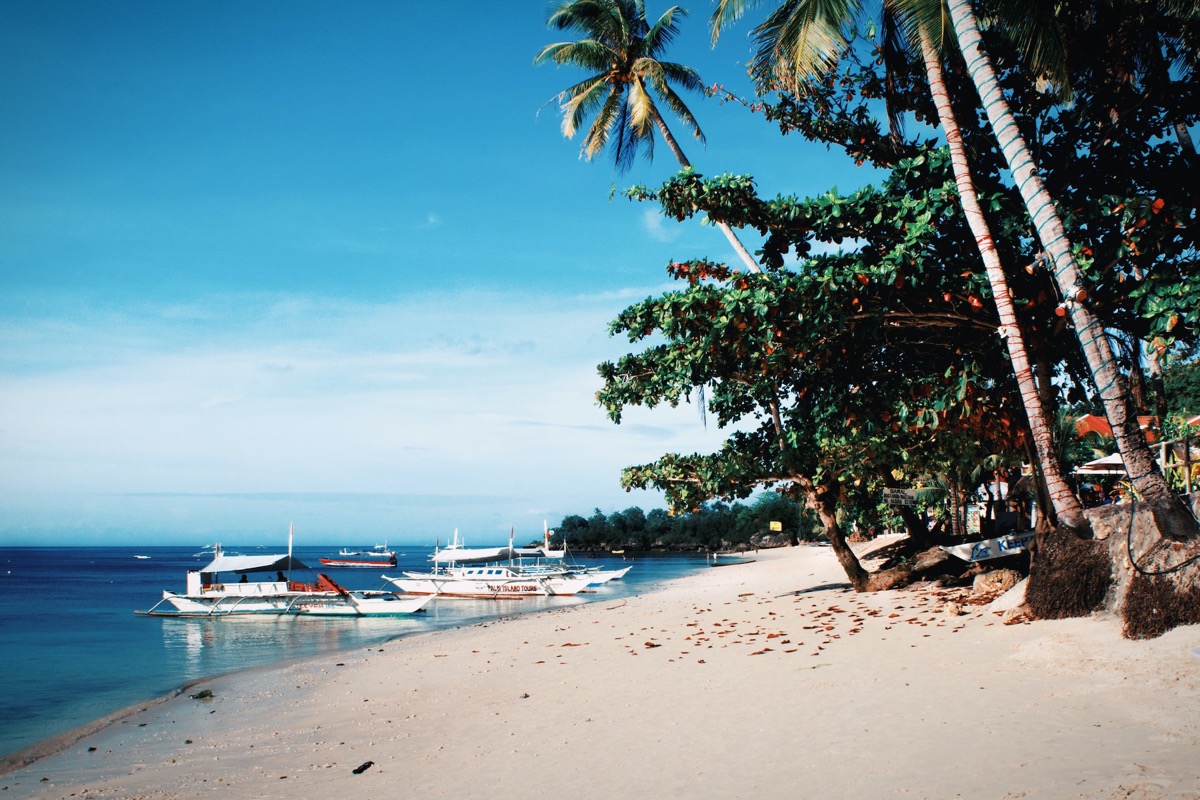
People spend money on travel to relax, rest and enjoy themselves. Attracting travelers to lengthen their stay through more attractions encourages returns and increases spending.
Accessibility
Currently, BPIA receives 12 direct flights daily from Metro Manila and 14 weekly direct flights from South Korea. Situated between the Dauis-Panglao Road and the Panglao-Island Circumferential Road, BPIA provides easy access to all of Panglao’s hotels and resorts, allowing travelers to reach their destination within 15 minutes from the airport. The island of Panglao itself is connected to mainland Bohol through two bridges, the Suarez and Borja bridges, with a third bridge under construction. These bridges allow for convenient and comfortable land travel to the attractions on Bohol mainland, as well as allow for logistics support to pass through to Panglao.
There is also a 2-hour ferry ride that connects Bohol province and Cebu with 14 daily departures between 6 a.m. and 10 p.m. This makes Bohol and Panglao an ideal stop within the Central Visayas tourist trail. BPIA and Mactan Airport stand to become complementary gateways and entry and exit points for tourists within the region. As Bohol’s tourist market grows, travelers can seamlessly explore the region’s diverse offerings, flying into Bohol’s serene shores and departing from Cebu’s bustling metropolis, or vice versa.
This Bohol–Cebu connection will be further enhanced by a proposed 24-km bridge that will connect both islands. This land connectivity is seen to stimulate domestic tourism and encourage exploration beyond Bohol.
Bohol’s convenient accessibility makes it ideal for holidays and weekend getaways.
Arrivals
In the first 11 months of 2023, Bohol has already recorded 715,670 local and foreign tourist arrivals. While there is a perception of Bohol, or Panglao, as an underrated but desirable beach resort and leisure destination, the province welcomed 1.5 million local and foreign visitors in 2019. This is just 25 percent short of Boracay’s 2 million tourist arrivals for the same year. Even before Boracay’s closure in 2018, Bohol’s visitor growth averaged 32 percent annually from 2013 to 2017, surpassing Boracay’s 10 percent annual visitor growth in the same period. In terms of source countries, China, South Korea, the USA, and Taiwan have been Bohol’s top markets in the last five years.
Introducing more direct flights from these countries as well as creating new source countries through private and public sector marketing will further boost arrivals and benefit the province.
Accommodations
To accommodate the growing interest in Bohol and Panglao, there is a need for further investments in lodging facilities. This necessary increase in supply of rooms goes hand in hand with increasing tourist arrival numbers. In 2019, Bohol had 8,626 hotel rooms. This number is set to grow with new upcoming developments.
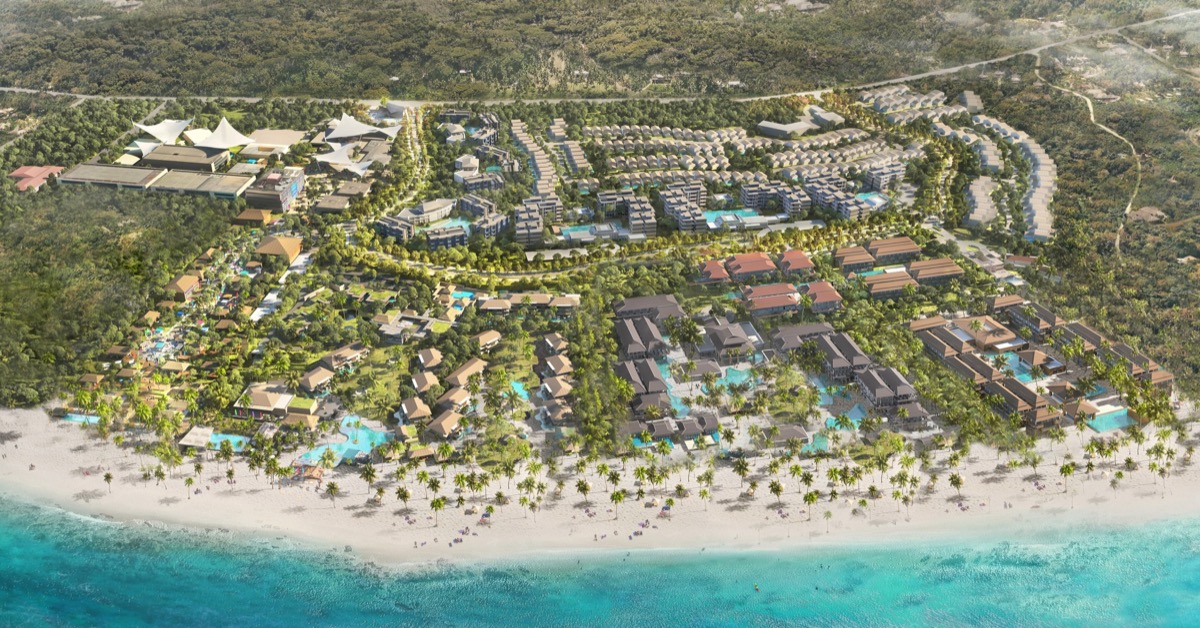
One of the biggest and masterplanned tourism projects in Panglao is called Panglao Shores. This 50-hectare project which features six hotels and resorts is being developed by the Alturas Group. It will be the site of the 188-key MGallery by 2024 which is an expansion of South Palms Resort. Travelers to Panglao are beginning to move upmarket. For guests seeking 5-star luxury, AppleOne is constructing the JW Marriott Panglao Island Resort & Spa and the JW Marriott Residences Panglao Island. We will also see the unveiling of Crown Regencies 558-key hotel in 2025 which will be managed by international hotel management company Radisson. This will be the largest international branded hotel in Panglao. These projects underscore Bohol’s potential for world-class hospitality, catering to diverse traveler needs.
As Bohol’s tourism continues to thrive, it is poised to be a leading destination for travelers seeking a blend of natural wonders, cultural richness, and rejuvenating experiences. With its strategic location, diverse attractions, and growing infrastructure, Bohol is set to captivate visitors from around the globe, solidifying its position as a tourism powerhouse in the Philippines.
The author holds licenses as a real estate appraiser and broker. He is a manager for Hotels, Tourism and Leisure at Leechiu Property Consultants, Inc., the country’s premier real estate advisory firm.




